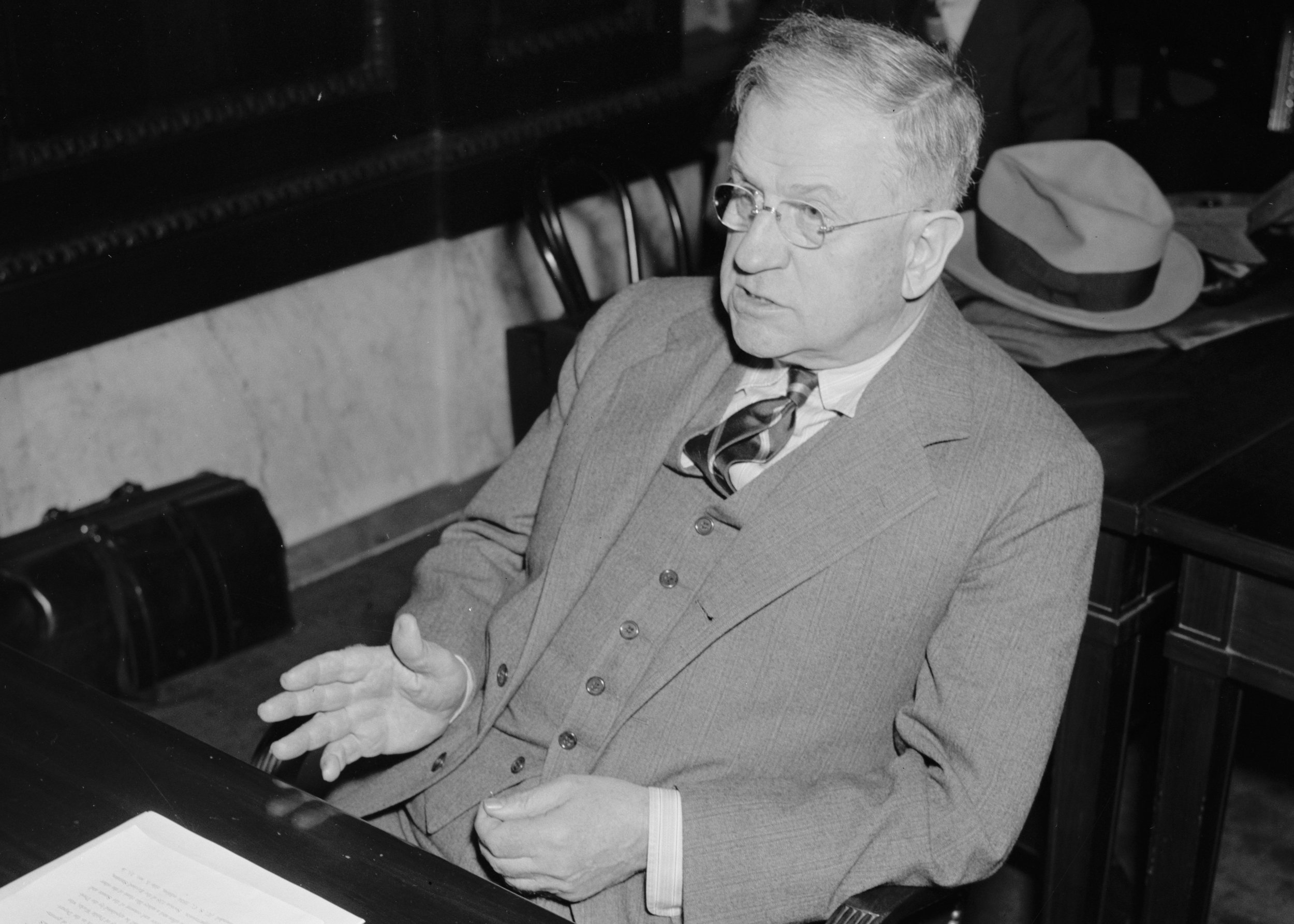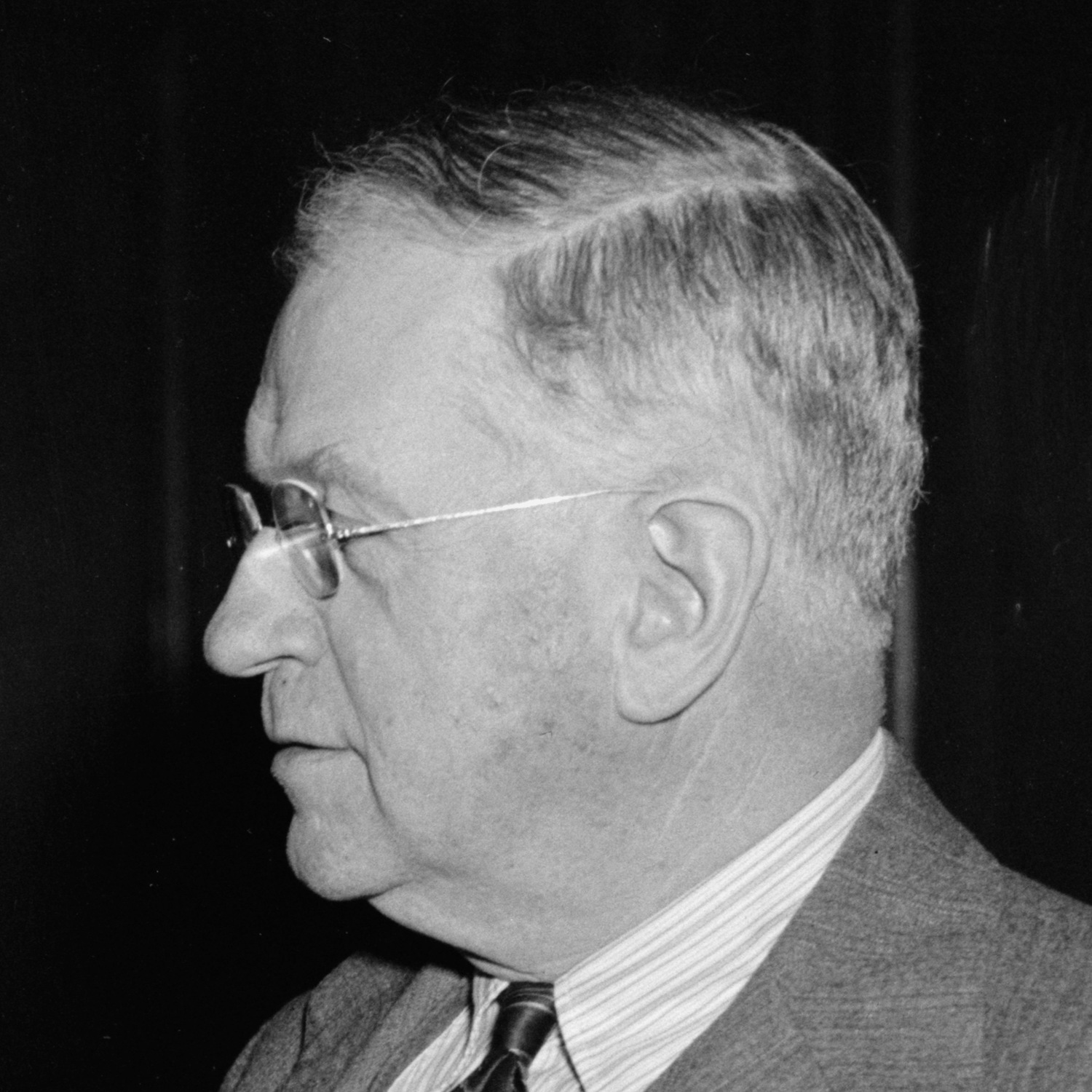The question not asked:
Is this a valid way to reason?
Whenever a blogger deliberately mischaracterizes the content of something they link to (the "link-paraphrase-fake-out"), you can be sure that the substance of the post is at least partially bullshit. Uncharacteristicly, Krugman pulls the link-paraphrase-fake-out here:
What about disequilibrium dynamics all the way? Basically, I have never seen anyone pull this off. Like the forever-equilibrium types, constant-disequilibrium theorists have a remarkable tendency to make elementary conceptual mistakes.
The set-up tells us that the link will be an example of an elementary conceptual mistake being made as support for a constant disequilibrium theory. But that set-up is a lie.
In fact, in the linked post Krugman criticizes Post-Keynesian economist Steve Keen's criticism of Paul Krugman. To the (debatable) extent that Keen has made a mistake, it's a mistake about Krugman and IS-LM and has nothing to do with the value of disequilibrium economics as practiced by Keen.
More importantly, who the fuck cares about this "elementary conceptual mistake"? There could be an infinite number of "conceptual" errors in Keen's critique of the IS/LM model, it wouldn't change the fact that when you look at the world, economies do not tend toward equilibria, even temporary ones. Paul Krugman complains about "zombie ideas" that keep coming back, but equilibrium analysis has been a zombie since Krugman was in short pants. Check out the paper by Frank Ackerman in 1999, a year before Krugman began his NYT column, explaining that general equilibrium had been a zombie since 1974:
Still Dead After All These Years: Interpreting the Failure of General Equilibrium Theory
General equilibrium is still dead. Exactly 100 years after the 1874 publication of Walras’ most important work, the SMD theorem [Sonnenschein-Mantel-Debreu (1974)] proved that there was no hope of showing that stability is a generic property of market systems. Another quarter-century of additional research has found no way to sneak around this result, no reason to declare instability an improbable event. These negative findings should challenge the foundations of economic theory.
Ackerman identifies several methods that economists use to reanimate the zombie of equilibrium, but Krugman has read Ackerman, and so does not make the mistake of falling into one of his categories. Instead, Krugman makes his trademark move: it's not a theory, it's a tool.
The Tool Theory of Economic Thinking: Is this a valid way to reason?
Here is Krugman describing how he uses the discredited theory of equilibrium:
Glasner is right to say that the Hicksian IS-LM analysis comes most directly not out of Keynes but out of Hicks’s own Value and Capital, which introduced the concept of “temporary equilibrium”. This involves using quasi-static methods to analyze a dynamic economy, not because you don’t realize that it’s dynamic, but simply as a tool.
Is that a good idea? Can we use false models to get good results if we know they are false?
Here's Krugman describing how he uses IS-LM not as a theory, but as a tool:
When people like me use something like IS-LM, we’re not imagining that the IS curve is fixed in position for ever after. It’s a ceteris paribus thing, just like supply and demand. Assuming short-run equilibrium in some things — in this case interest rates and output — doesn’t mean that you’ve forgotten that things change, it’s just a way to clarify your thought. And the truth is that people who try to think in terms of everything being dynamic all at once almost always end up either confused or engaging in a lot of implicit theorizing they don’t even realize they’re doing.
In fact, IS-LM works just fine with Minksyism! At each point in time we think of r and y reaching a short-run equilibrium, but we also think of the IS curve moving over time as investors forget the past, leverage rises, and the Wile E. Coyote moment approaches.
I guess the problem is that too many economists have the wrong attitude toward models. They’re not Truth; they’re intuition pumps, gadgets you use to clarify your story. You go badly wrong when you take them too seriously, and either forget that they’re just models or reject them because the world isn’t that simple.
The model is a tool to "clarify your story" or "your thoughts". You will see this again and again if you read Krugman. What does that mean? Krugman explains:
If you try to read pre-Keynesian monetary theory, or for that matter talk about such matters either with modern laymen or with modern graduate students who haven't seen this sort of thing, you quickly realize that this seemingly trivial formulation is actually a powerful tool for clarifying thought, precisely because it is a general-equilibrium framework that takes the interactions of markets into account. Here are some of the things it suddenly makes clear:
1. What determines interest rates? Before Keynes-Hicks - and even to some extent after - there has seemed to be a conflict between the idea that the interest rate adjusts to make savings and investment equal, and that it is determined by the choice between bonds and money. Which is it? The answer, of course - but it is only "of course" once you've approached the issue the right way - is both: we're talking general equilibrium here, and the interest rate and price level are jointly determined in both markets.
2. How can an investment boom cause inflation (and an investment slump cause deflation)? Before Keynes this was a subject of vast confusion, with all sorts of murky stuff about "lengthening periods of production", "forced saving", and so on. But once you are thinking three-good general equilibrium, it becomes a simple matter. When investment (or consumer) demand is high - when people are eager to borrow to buy real goods - they are in effect trying to shift from bonds to goods. So as shown in Figure 4 , both the bond-market and goods-market equilibrium schedules, but not the money-market schedule, shift; and the result is both inflation and a rise in the interest rate.
3. How can we distinguish between monetary and fiscal policy? Well, in a fiscal expansion the government sells bonds and buys goods - producing the same shifts in schedules shown in Figure 4. In a monetary expansion it buys bonds and "sells" newly printed money, shifting the bonds and money (but not goods) schedules as shown in Figure 5 .
Does the above succeed? No.
1. This is not using the model to clarify thought. This is looking at the model and claiming that what it says is true. Nothing has been clarified. The content of point 1 is: "IS-LM accurately describes the world."
2. Again. No thoughts clarified. The content of 2 above is "IS-LM is a true description of the world."
3. Again. Nothing clarified. He's simply claiming that IS-LM describes the world.
The key passage is actually in the preamble:
If you try to read pre-Keynesian monetary theory, or for that matter talk about such matters either with modern laymen or with modern graduate students who haven't seen this sort of thing, you quickly realize that this seemingly trivial formulation is actually a powerful tool for clarifying thought...
We can now see what Krugman means by "useful tool": something to use to combat people who believe that other "useful tools" are correct.

